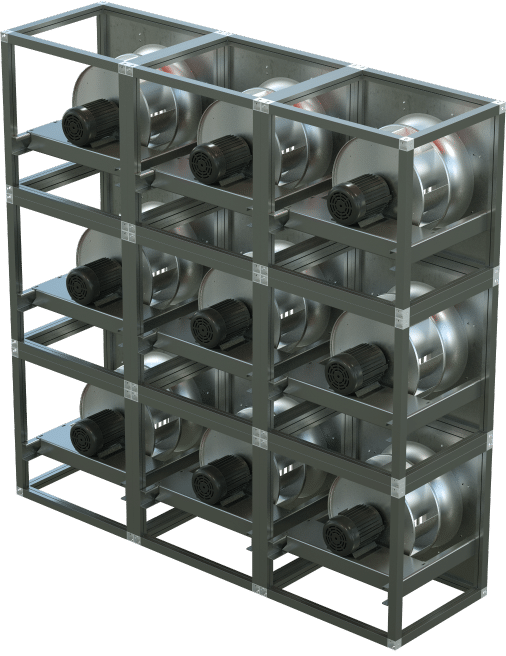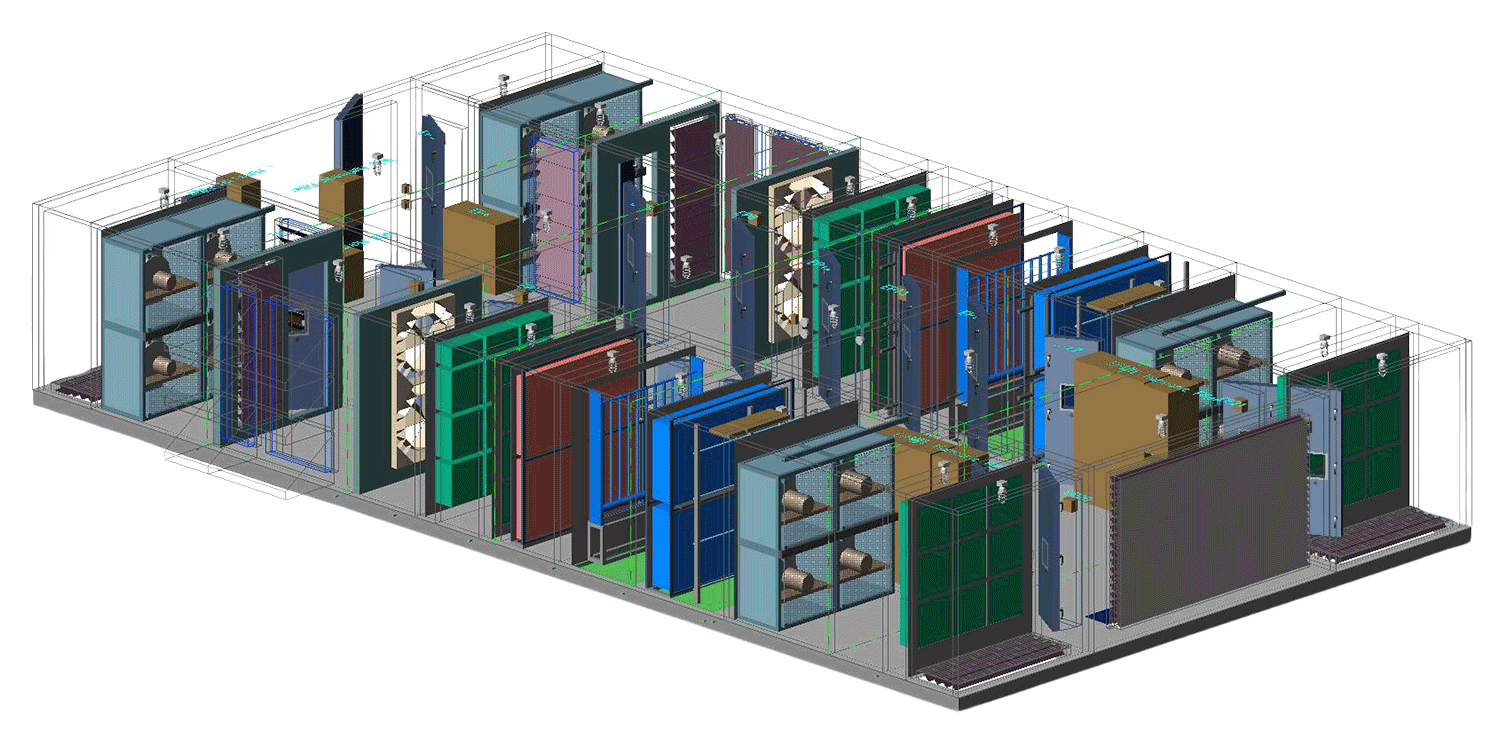Preventing Condensation and Frost
Many air handlers from Nortek Air Solutions brands offer innovative thermal break technologies to prevent sweating or frosting on the exterior of your air handler. Sweating and frosting can be especially problematic when there are relatively high temperature differences (50˚F or greater) across the interior and exterior surfaces of your air handler and/or a low discharge air temperature when cooling. When this is the case, heat is transferred through conductive materials in the panels of your air handler, causing liquid condensation or frost. This is known as thermal bridging, a common occurrence in air conditioning applications where the air handler is located in an indoor space.
How does a thermal break work?
A thermal break is simply a layer of insulation material between the cold side of a panel and the warm side of a panel.
The insulation materials we use have significantly higher thermal resistance than the panels of your air handler. This prevents the flow of thermal energy between panels and minimizes condensation or freezing.
Fiberglass Insulation Thermal Breaks
Fiberglass is one of the most common thermal break insulation materials we use. The insulation thickness can vary with the wall panel thickness — up to four inches. A two-inch wall panel typically has an R-Value of 8. Fiberglass insulation can also provide some additional acoustical attenuation when used in the air tunnel.
Injected Foam Insulation Thermal Breaks
Polyurethane foam can also be used for thermal breaks. Two sheet metal panels are held from two to four inches apart while polyurethane foam is injected. A two-inch foam wall panel has an R-Value of 13. Use of foam insulation results in a stiffer wall panel, can reduce unit weight, and makes for a water-tight and air-tight cabinet design. It is often used where no contact between the airstream and insulation is required.
No-Through-Metal Thermal Breaks
We offer two no-through-metal thermal break designs. The extruded aluminum design uses a three-inch foam wall and has an R-Value of 19.5. The polyblock design comes in a four-inch foam-filled wall and has an R-Value of 26.

